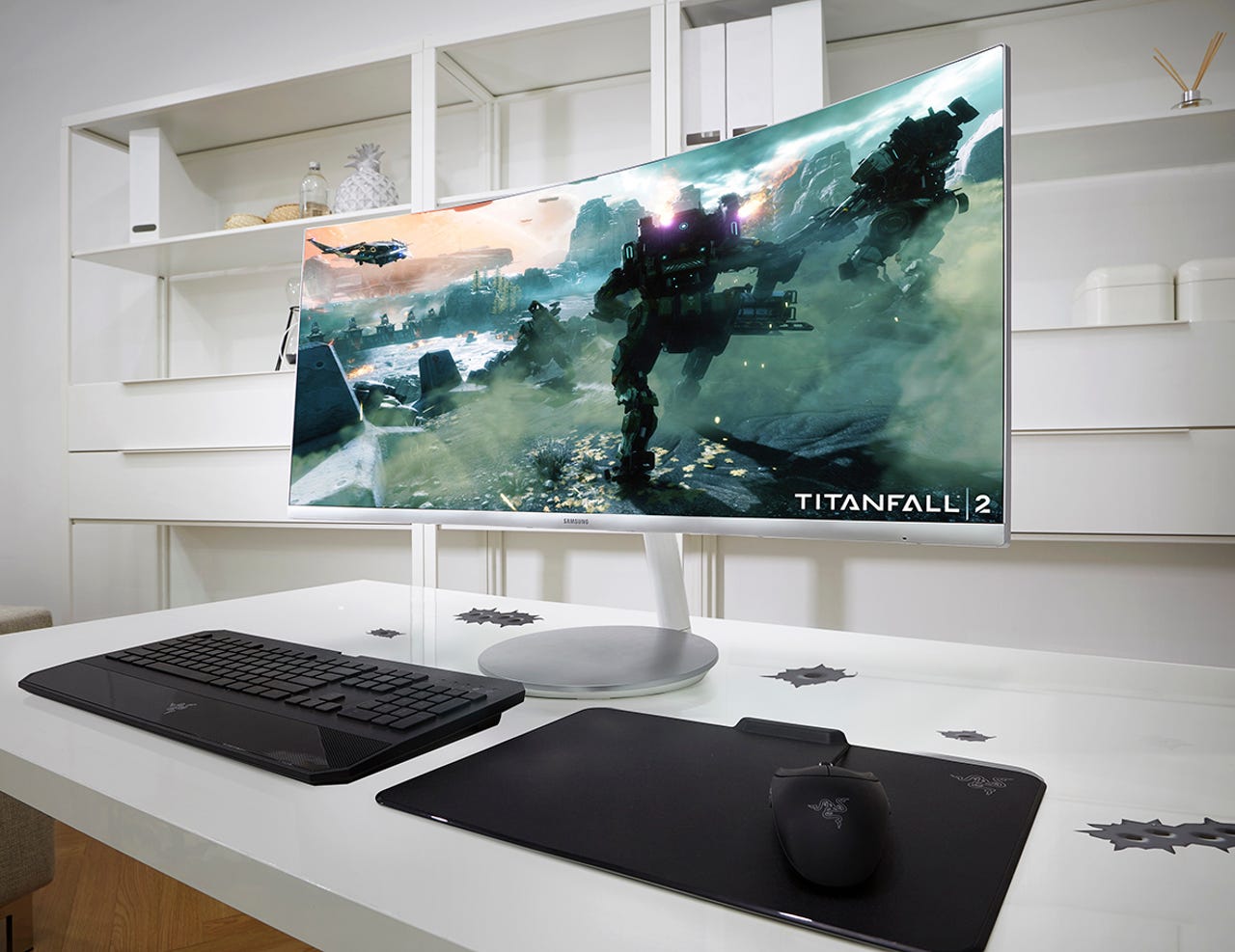Samsung to unveil quantum dot curved monitor at IFA

Samsung Electronics will unveil new curved monitors with quantum dot (QD) technology optimized for gaming at next month's IFA tradeshow in Berlin.
The 24 and 27-inch CFG70 and the 34-inch CF791 express colour across a 125 percent sRGB spectrum.

(Samsung)
They're the first QD materials, or semiconductor nanocrystals, for Samsung to apply to monitors. The company has said previously that it wanted to expand QD use outside of TVs.
The CFG70 series has an 1800R curvature with a 1 m/s moving picture response time and a rapid refresh rate of up to 144Hz. It comes with the company's own Gaming UX OSD interface, which provides an on-screen dashboard that allows users to configure settings.
Gameplay settings can be adjusted through hot keys at the front and the back of the monitor.
Latest news on Asia
The larger CF791 has a curvature of 1500R, the most curved gaming monitor on the market. It has a refresh rate of 100Hz and has AMD FreeSync Technology that synchronizes the rate with AMD's graphic cards. The monitor has a 21:9 ratio.
Samsung said the "boundless" design will allow gamers to focus on the screen, rather than the display.
"As the gaming market continues to enjoy rapid worldwide growth, gamers expect advanced display technologies that can bring out the latest video game features and optimize the gameplay experience," said Seog-gi Kim, SVP of Samsung's Visual Display Business, in a statement.
"By enhancing our pioneering curved gaming monitors with quantum dot technology, our CFG70 and CF791 displays further surround players and make them feel as if they are part of the game. We are excited to demonstrate this futuristic and immersive gaming environment at IFA 2016," he added.
Samsung is reportedly working on applying curvable screens for future smartphones, and may use the technology to create a phone and tablet 2-in-1 device.